Study Demonstrates Similarities Between Ice Age Adolescents' Puberty and Modern Youth
Study Demonstrates Similarities Between Ice Age Adolescents' Puberty and Modern Youth
Study Demonstrates Similarities Between Ice Age Adolescents' Puberty and Modern Youth
Oct 8, 2024
Oct 8, 2024
Oct 8, 2024

Artistic reconstruction of Romito 2, a 16-year-old with dwarfism who lived 11,000 years ago. Crédito: Olivier Graveleau.
Artistic reconstruction of Romito 2, a 16-year-old with dwarfism who lived 11,000 years ago. Crédito: Olivier Graveleau.
Artistic reconstruction of Romito 2, a 16-year-old with dwarfism who lived 11,000 years ago. Crédito: Olivier Graveleau.
A new study on the skeletal remains of Ice Age adolescents reveals that the puberty process of these ancient youths was surprisingly similar to that of modern teenagers.
A new study on the skeletal remains of Ice Age adolescents reveals that the puberty process of these ancient youths was surprisingly similar to that of modern teenagers.
A new study on the skeletal remains of Ice Age adolescents reveals that the puberty process of these ancient youths was surprisingly similar to that of modern teenagers.
A recent study on the skeletal remains of Ice Age adolescents has uncovered that the puberty process of these ancient youths was remarkably similar to that of today's teenagers. The research provides unprecedented insights into how these young people lived and developed during a prehistoric period often associated with harsh living conditions.
When Did Ice Age Adolescents Begin Puberty?
Analyzing the bones and teeth of 13 Ice Age adolescents using a method developed by researcher Mary Lewis from the University of Reading, the study showed that these youths began puberty around 13.5 years old and reached adulthood between 17 and 22 years old. This timeline aligns with that of adolescents in developed countries today.
Researchers analyzed canine teeth mineralization and the maturation of specific bones—such as those in the hands, elbows, wrists, neck, and pelvis—to assess each individual's stage of puberty.
Surprisingly Healthy Development
Contrary to the expectation that Ice Age adolescents faced adverse health conditions, the analyzed skeletons indicate healthy development during puberty. This challenges the belief that harsh prehistoric living conditions significantly impacted these youths' growth and physical development.
One of the most fascinating cases was that of Romito 2, the oldest known individual with dwarfism. By analyzing his bones, scientists concluded that he was in the middle of puberty. Despite his youthful appearance due to his short stature, Romito 2 had likely developed adult characteristics such as a deeper voice and reproductive capability. That raises questions about how he was perceived in his community, given his juvenile body but adult traits.
Challenges and Limitations
Despite the notable findings, the study faced some limitations. Only 13 skeletons were analyzed, which restricts the generalization of the results to the entire Ice Age adolescent population. Additionally, the research relied on indirect skeletal markers to infer puberty stages, which may not reflect all variability in development among different environments or populations of the time.
Expanding Research and New Directions
The scientists plan to expand the analysis to include more skeletons from different regions and to investigate more thoroughly how the physical development of Ice Age adolescents influenced their social roles within communities. They also intend to apply these methods to other prehistoric periods to map the evolution of human development over time.
This groundbreaking study presents new insights into understanding our ancestors' biology and societal roles.
—
Discover more about how Ice Age adolescents experienced puberty in ways surprisingly similar to modern youth. Read the full article here.
A recent study on the skeletal remains of Ice Age adolescents has uncovered that the puberty process of these ancient youths was remarkably similar to that of today's teenagers. The research provides unprecedented insights into how these young people lived and developed during a prehistoric period often associated with harsh living conditions.
When Did Ice Age Adolescents Begin Puberty?
Analyzing the bones and teeth of 13 Ice Age adolescents using a method developed by researcher Mary Lewis from the University of Reading, the study showed that these youths began puberty around 13.5 years old and reached adulthood between 17 and 22 years old. This timeline aligns with that of adolescents in developed countries today.
Researchers analyzed canine teeth mineralization and the maturation of specific bones—such as those in the hands, elbows, wrists, neck, and pelvis—to assess each individual's stage of puberty.
Surprisingly Healthy Development
Contrary to the expectation that Ice Age adolescents faced adverse health conditions, the analyzed skeletons indicate healthy development during puberty. This challenges the belief that harsh prehistoric living conditions significantly impacted these youths' growth and physical development.
One of the most fascinating cases was that of Romito 2, the oldest known individual with dwarfism. By analyzing his bones, scientists concluded that he was in the middle of puberty. Despite his youthful appearance due to his short stature, Romito 2 had likely developed adult characteristics such as a deeper voice and reproductive capability. That raises questions about how he was perceived in his community, given his juvenile body but adult traits.
Challenges and Limitations
Despite the notable findings, the study faced some limitations. Only 13 skeletons were analyzed, which restricts the generalization of the results to the entire Ice Age adolescent population. Additionally, the research relied on indirect skeletal markers to infer puberty stages, which may not reflect all variability in development among different environments or populations of the time.
Expanding Research and New Directions
The scientists plan to expand the analysis to include more skeletons from different regions and to investigate more thoroughly how the physical development of Ice Age adolescents influenced their social roles within communities. They also intend to apply these methods to other prehistoric periods to map the evolution of human development over time.
This groundbreaking study presents new insights into understanding our ancestors' biology and societal roles.
—
Discover more about how Ice Age adolescents experienced puberty in ways surprisingly similar to modern youth. Read the full article here.
A recent study on the skeletal remains of Ice Age adolescents has uncovered that the puberty process of these ancient youths was remarkably similar to that of today's teenagers. The research provides unprecedented insights into how these young people lived and developed during a prehistoric period often associated with harsh living conditions.
When Did Ice Age Adolescents Begin Puberty?
Analyzing the bones and teeth of 13 Ice Age adolescents using a method developed by researcher Mary Lewis from the University of Reading, the study showed that these youths began puberty around 13.5 years old and reached adulthood between 17 and 22 years old. This timeline aligns with that of adolescents in developed countries today.
Researchers analyzed canine teeth mineralization and the maturation of specific bones—such as those in the hands, elbows, wrists, neck, and pelvis—to assess each individual's stage of puberty.
Surprisingly Healthy Development
Contrary to the expectation that Ice Age adolescents faced adverse health conditions, the analyzed skeletons indicate healthy development during puberty. This challenges the belief that harsh prehistoric living conditions significantly impacted these youths' growth and physical development.
One of the most fascinating cases was that of Romito 2, the oldest known individual with dwarfism. By analyzing his bones, scientists concluded that he was in the middle of puberty. Despite his youthful appearance due to his short stature, Romito 2 had likely developed adult characteristics such as a deeper voice and reproductive capability. That raises questions about how he was perceived in his community, given his juvenile body but adult traits.
Challenges and Limitations
Despite the notable findings, the study faced some limitations. Only 13 skeletons were analyzed, which restricts the generalization of the results to the entire Ice Age adolescent population. Additionally, the research relied on indirect skeletal markers to infer puberty stages, which may not reflect all variability in development among different environments or populations of the time.
Expanding Research and New Directions
The scientists plan to expand the analysis to include more skeletons from different regions and to investigate more thoroughly how the physical development of Ice Age adolescents influenced their social roles within communities. They also intend to apply these methods to other prehistoric periods to map the evolution of human development over time.
This groundbreaking study presents new insights into understanding our ancestors' biology and societal roles.
—
Discover more about how Ice Age adolescents experienced puberty in ways surprisingly similar to modern youth. Read the full article here.
Compartir en:
Compartir en:
Ver También
Ver También

DeepSeek AI: el chatbot chino que está sacudiendo el mercado global
Feb 7, 2025

Estudio revela que la vida social activa puede reducir el riesgo de demencia
Feb 4, 2025

Año nuevo lunar 2025: la llegada del año de la serpiente
Jan 30, 2025

Nueva hipótesis sobre el origen de los dinosaurios desafía conceptos tradicionales
Jan 27, 2025
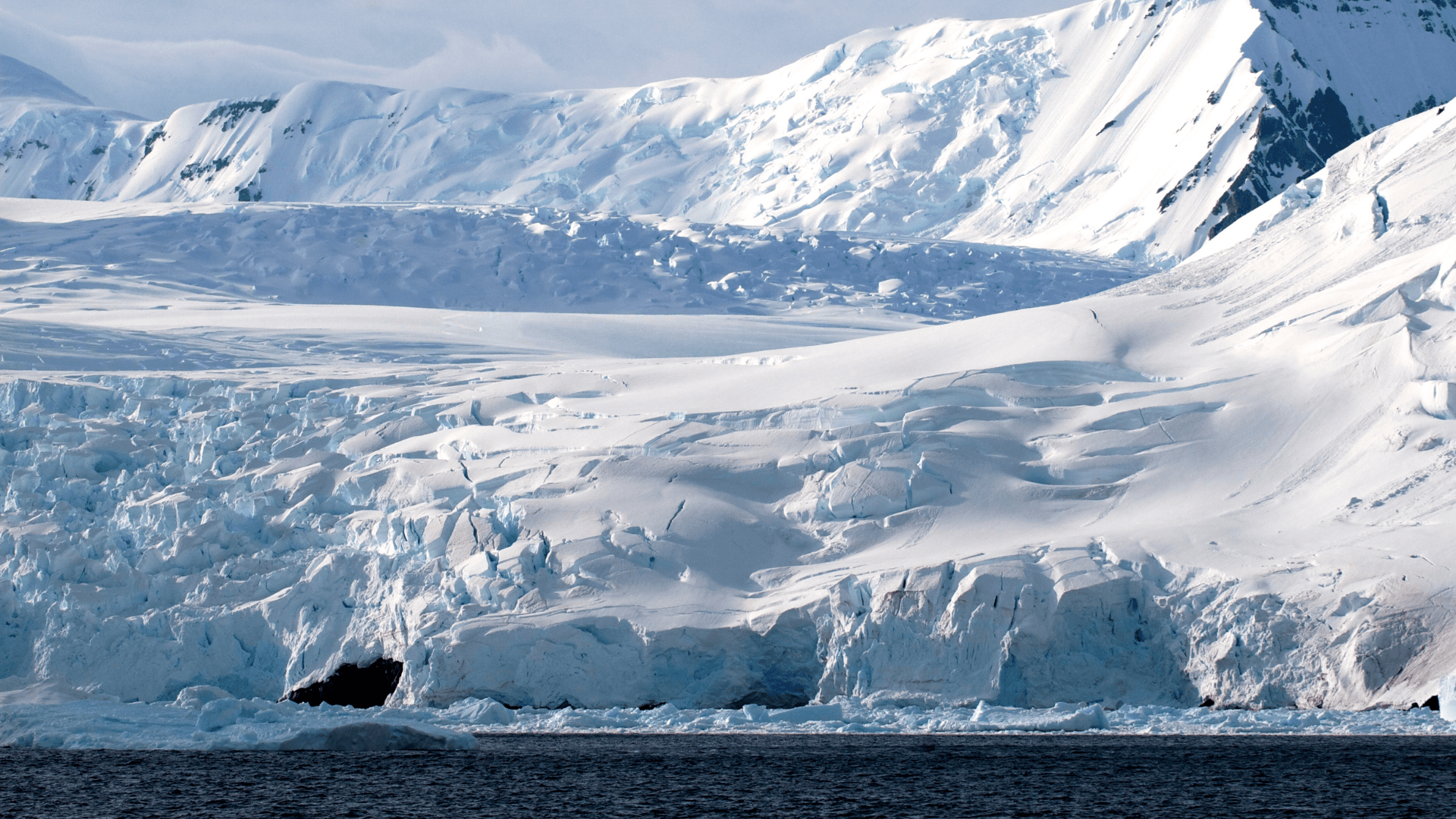
Colapso de la plataforma de hielo Conger: alerta para la Antártida Oriental
Dec 20, 2024

Emociones y el cuerpo humano: conexiones milenarias en textos neoasirios
Dec 20, 2024

Un estudio relaciona la contaminación atmosférica con el riesgo de tromboembolia venosa
Dec 20, 2024
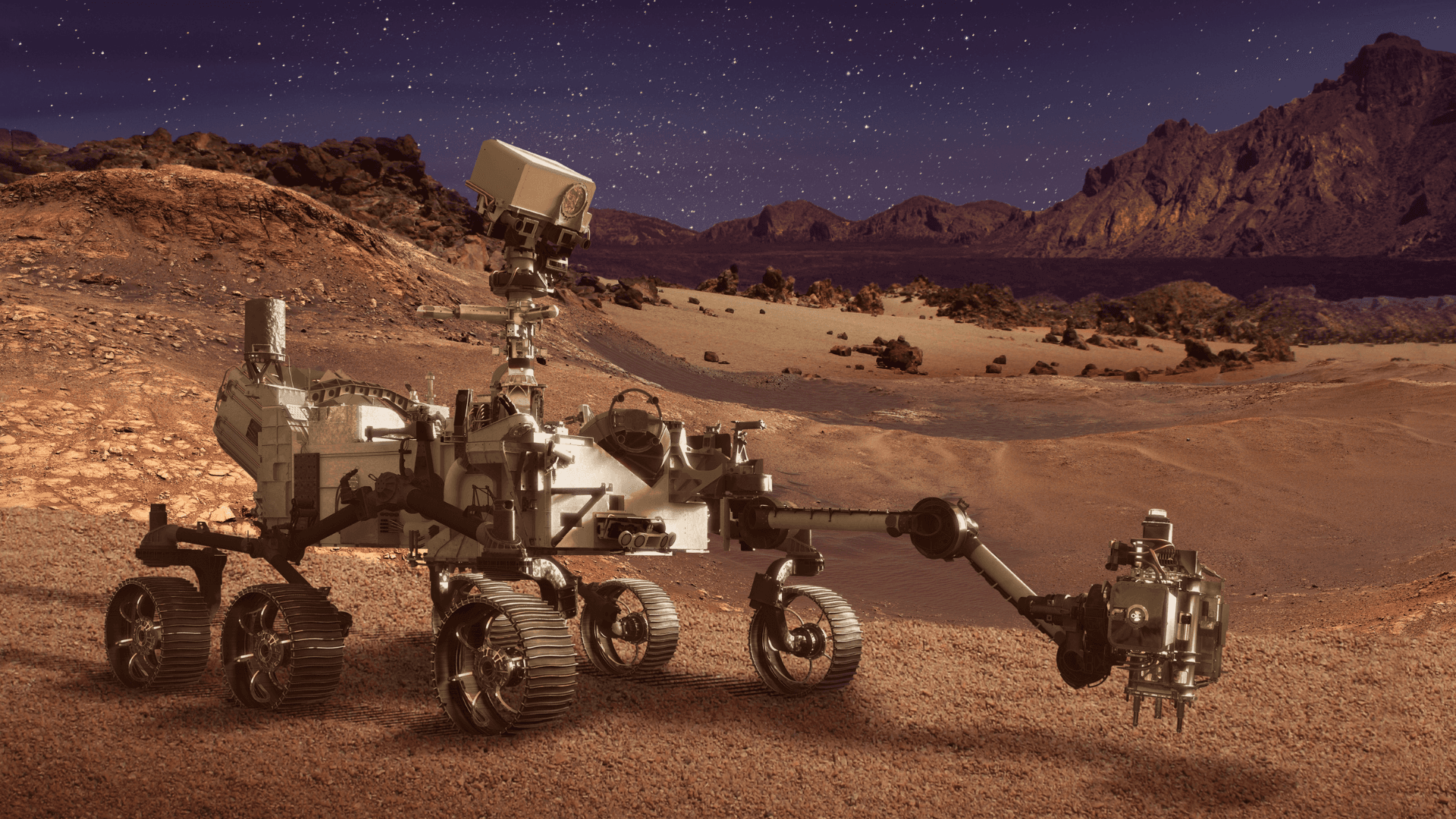
Ambiente potencialmente habitable en Marte descubierto por Perseverance
Dec 20, 2024

Revolución XRISM: Nuevos descubrimientos sobre agujeros negros supermasivos
Oct 15, 2024

Estudio aponta que la duplicación del gen AMY1, relacionado con la digestión del almidón, precede a la agricultura
Oct 14, 2024

Nacimientos en la UE caen por debajo de los 4 millones por primera vez desde 1960
Oct 11, 2024

Excavación en Dinamarca revela 50 esqueletos Viking increíblemente preservados
Oct 10, 2024

Estudio detecta mayor incidencia de asma y rinitis alérgica en personas nacidas en otoño e invierno en Finlandia
Oct 9, 2024

Estudio señala similitudes entre la pubertad de adolescentes de la Edad de Hielo y jóvenes modernos
Oct 8, 2024
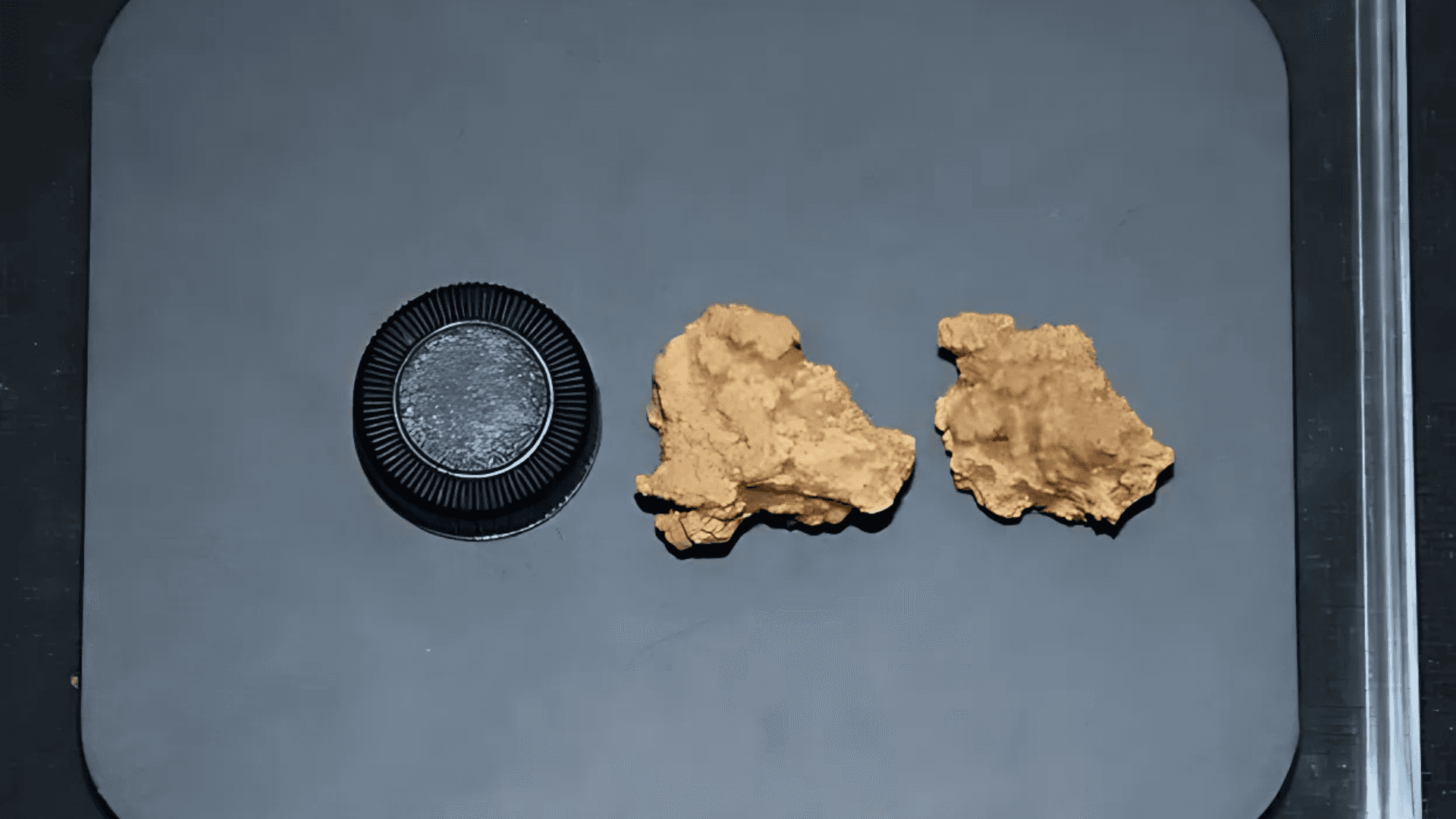
Análisis de ADN en momias chinas de 3.600 años revela el queso más antiguo del mundo
Oct 7, 2024
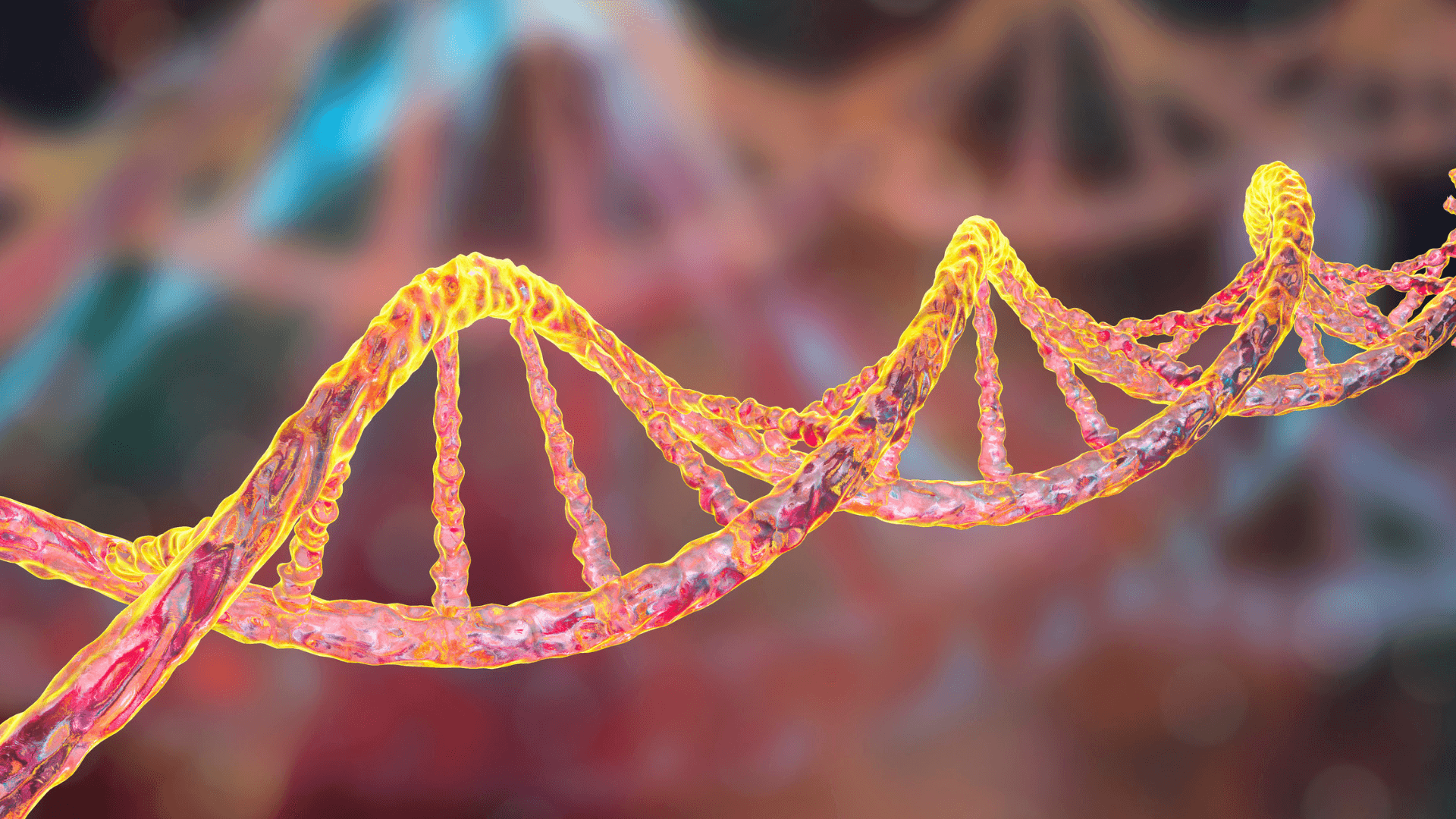
Estudio revela estabilidad genética de poblaciones del África Austral durante 10 milenios
Oct 4, 2024
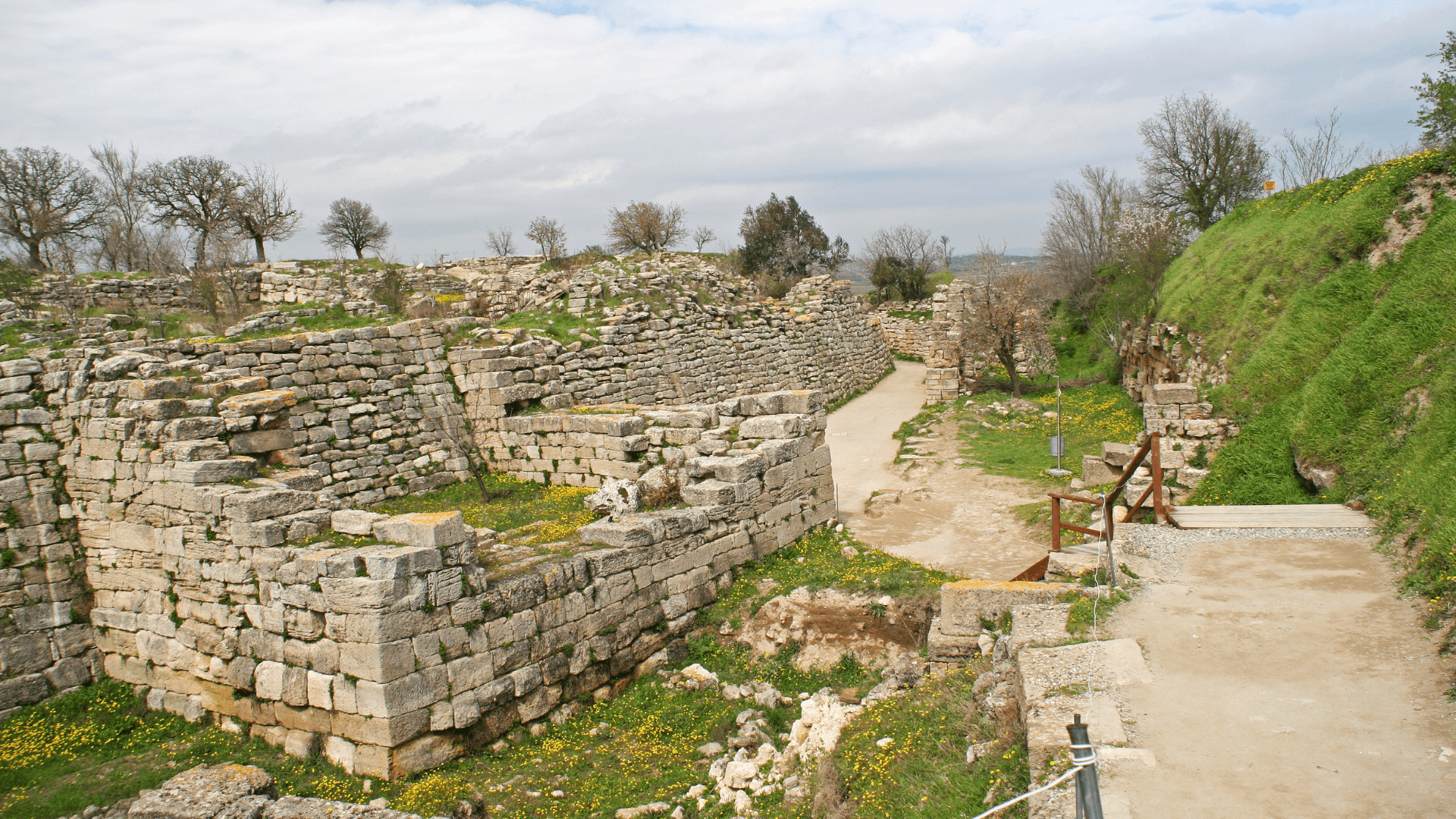
Nueve lugares míticos que podrían haber existido, según descubrimientos arqueológicos
Oct 3, 2024
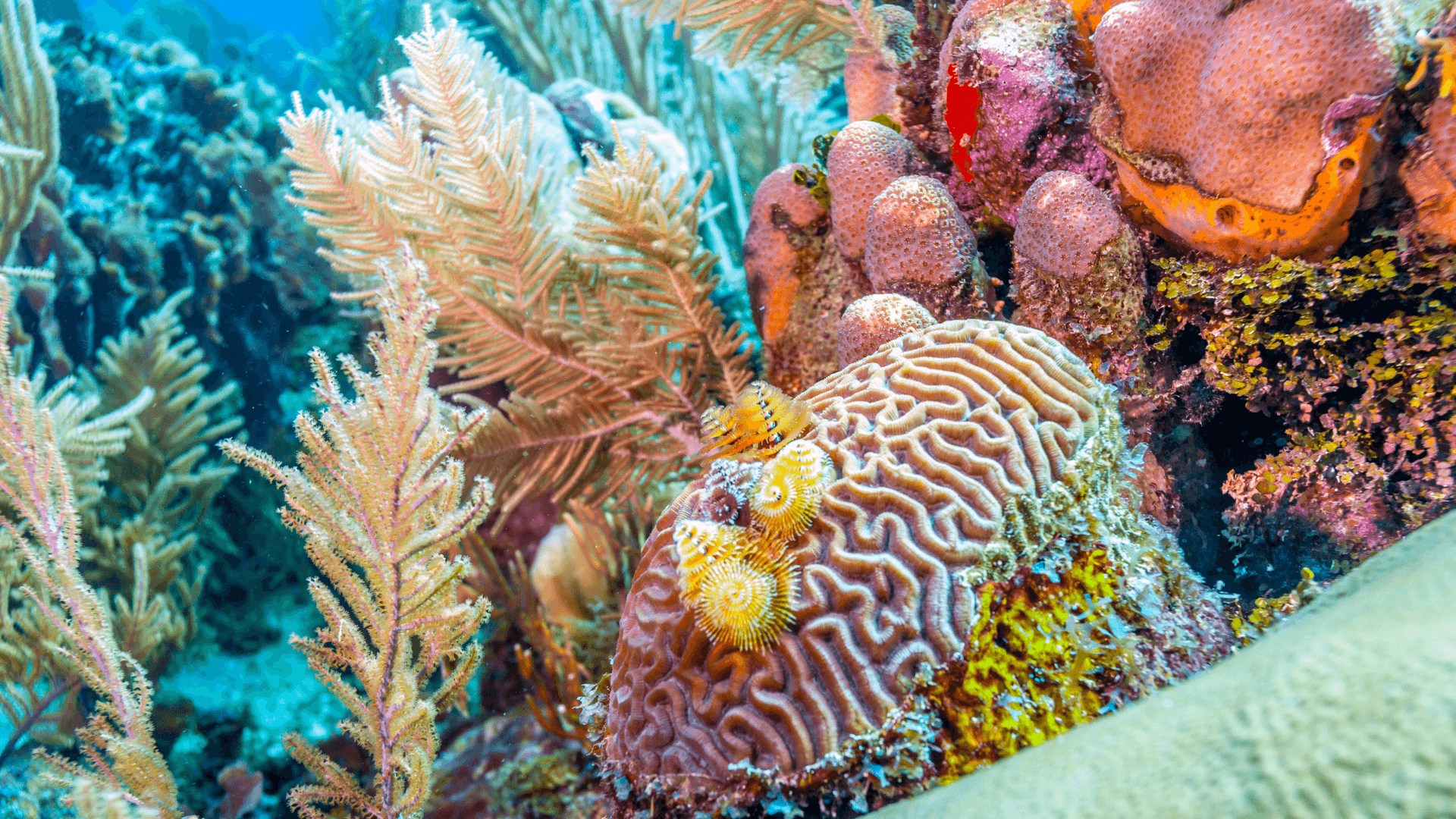
Cómo los derechos humanos pueden salvar los arrecifes de coral y responsabilizar a los gobiernos
Oct 2, 2024

Informe de Carbon Brief señala que 2024 podría ser el año más cálido de la historia
Sep 4, 2024

El clima determina la distribución de mamíferos, revela estudio de la Universidad Estatal de Carolina del Norte
Sep 4, 2024

DeepSeek AI: el chatbot chino que está sacudiendo el mercado global
Feb 7, 2025

Estudio revela que la vida social activa puede reducir el riesgo de demencia
Feb 4, 2025

Año nuevo lunar 2025: la llegada del año de la serpiente
Jan 30, 2025

Nueva hipótesis sobre el origen de los dinosaurios desafía conceptos tradicionales
Jan 27, 2025

Colapso de la plataforma de hielo Conger: alerta para la Antártida Oriental
Dec 20, 2024

Emociones y el cuerpo humano: conexiones milenarias en textos neoasirios
Dec 20, 2024

Un estudio relaciona la contaminación atmosférica con el riesgo de tromboembolia venosa
Dec 20, 2024

Ambiente potencialmente habitable en Marte descubierto por Perseverance
Dec 20, 2024

Revolución XRISM: Nuevos descubrimientos sobre agujeros negros supermasivos
Oct 15, 2024

Estudio aponta que la duplicación del gen AMY1, relacionado con la digestión del almidón, precede a la agricultura
Oct 14, 2024

Nacimientos en la UE caen por debajo de los 4 millones por primera vez desde 1960
Oct 11, 2024

Excavación en Dinamarca revela 50 esqueletos Viking increíblemente preservados
Oct 10, 2024

Estudio detecta mayor incidencia de asma y rinitis alérgica en personas nacidas en otoño e invierno en Finlandia
Oct 9, 2024

Estudio señala similitudes entre la pubertad de adolescentes de la Edad de Hielo y jóvenes modernos
Oct 8, 2024

Análisis de ADN en momias chinas de 3.600 años revela el queso más antiguo del mundo
Oct 7, 2024

Estudio revela estabilidad genética de poblaciones del África Austral durante 10 milenios
Oct 4, 2024

Nueve lugares míticos que podrían haber existido, según descubrimientos arqueológicos
Oct 3, 2024

Cómo los derechos humanos pueden salvar los arrecifes de coral y responsabilizar a los gobiernos
Oct 2, 2024

Informe de Carbon Brief señala que 2024 podría ser el año más cálido de la historia
Sep 4, 2024

El clima determina la distribución de mamíferos, revela estudio de la Universidad Estatal de Carolina del Norte
Sep 4, 2024